Mesh Sensor Networks Bridge IoT’s Last Mile
The adage, “You can’t control what you don’t measure,” has great relevance for energy and industrial-process optimization. The need for data in these industries is driving rapid adoption of wireless sensors and the gateways needed to connect them to the Internet of Things (IoT). By allowing low-cost sensor deployment, these gateways enable visibility into previously opaque operational details. The benefits become even more profound with the application of advanced analytics.
There is a major challenge though in achieving these benefits. Companies need to determine the best way to connect legacy systems isolated by non-IP-friendly communication protocols such as Modbus RTU.
This article explores a solution from Wireless Sensors that connects sensors in self-configuring and self-healing wireless mesh networks that communicate to the cloud through Intel® NUC-based IoT gateways (Figure 1). We describe how this solution combines the flexibility and resilience of mesh networking with the low latency of a star topology. We discuss how the IoT gateways support RESTful web services and integration with the Microsoft Azure* platform to provide a seamless data path to the cloud and advanced analytics. And we consider the advantages of using an Intel® NUC as an IoT gateway platform.
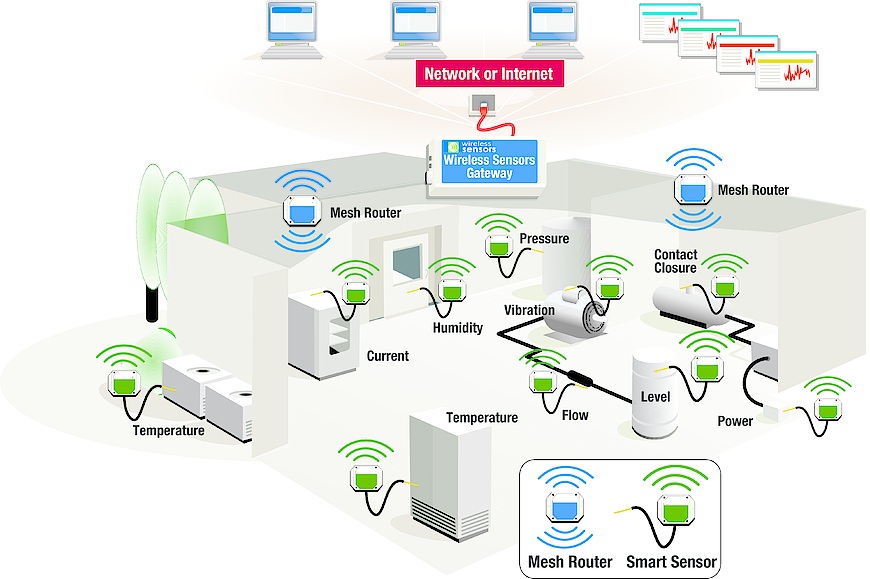
Figure 1. The Wireless Sensor solution is a self-configuring and self-healing wireless mesh network employing Intel® processor-based IoT gateways to communicate with legacy networks.
The Hardest Mile
The most difficult part of connecting to the IoT is often the “last mile” from the local Internet connection to the points where equipment or systems reside in a facility. Connecting these “things” means both bringing existing sensors online and procuring, configuring, and connecting new sensors.
Surprisingly, the best path may not be enabling Internet connectivity throughout. Less expensive methods can often accomplish the same thing without the complexity of adding hundreds or thousands of new IP addresses.
Radio frequency (RF)-based mesh networks combined with powerful IoT gateways offer an inexpensive alternative. For both new and existing operations, wireless mesh sensor networks provide the proper scalability, redundancy, and ease of deployment. Without wires to install, these networks can be operational in just hours. Connected to the cloud with an IoT gateway, the network supplies all the technology necessary for data collection and cloud communications.
When to Use Mesh
To better understand wireless mesh network advantages, consider the alternative. Most wireless IP networks use a star topology in which all nodes communicate directly with the network through devices like IoT gateways. If end-to-end transmission times are critical, these direct communication paths provide it. However, star topologies often lack fault tolerance, so this advantage comes at a cost. Network expansion across large buildings or outdoor areas is also more difficult.
For applications that can tolerate some latency, mesh topologies provide a convenient solution. In this topology, data is forwarded from node to node until the intended final destination is reached. If individual transmission segments are temporarily unavailable, data is automatically re-routed on an alternate path. This ability to self-recover from single points of failure considerably increases overall reliability.
A Hybrid Solution
For situations requiring the best of both worlds – star and mesh – Wireless Sensors offers a hybrid solution based on SensiNet* technology. Proven effective for environmental monitoring in data centers, Wireless Sensors’ implementation of SensiNet capitalizes on the low latency of a star topology while maintaining the flexibility and resilience of the mesh approach (Figure 2).
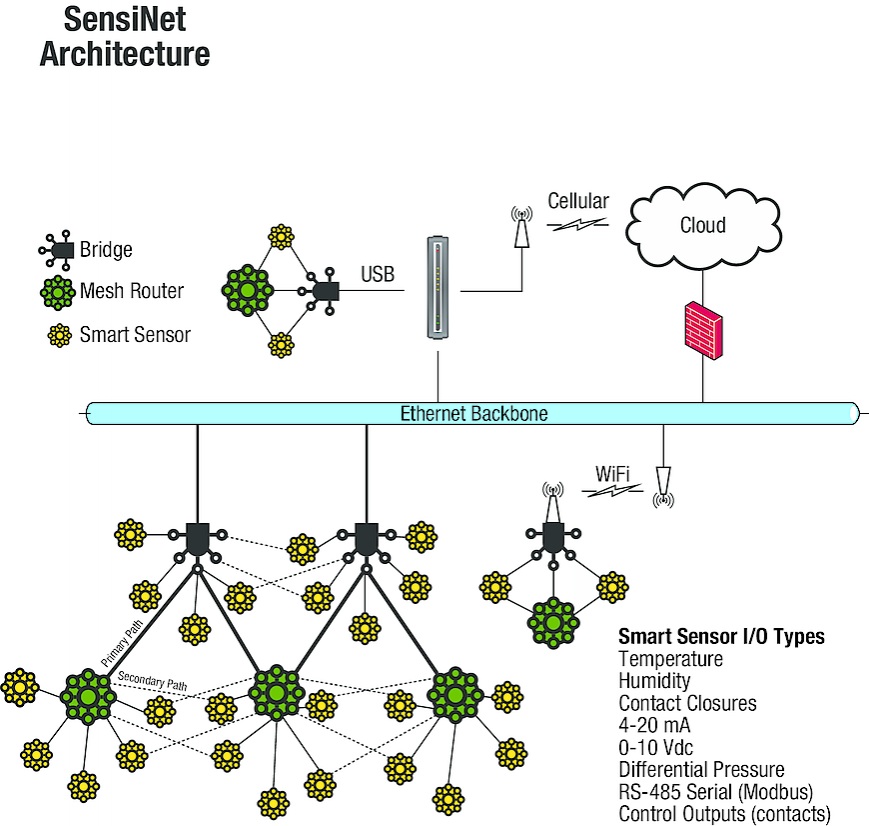
Figure 2. Wireless Sensors’s implementation of SensiNet* delivers the low latency of the star topology while maintaining the flexibility and resilience of mesh networking.
The technology is a hybrid because:
- As in a star topology, bridges (and their corresponding routers) provide a direct link to the IP network.
- As in a mesh network, sensors connect to routers and bridges as if they were ordinary nodes and automatically re-route to a different router or bridge if a transmission segment becomes unavailable.
The constant availability to network traffic provided by the solution’s RF mesh routers and bridges is an important advantage. In traditional mesh networking, the network only handles messages when scheduled to wake up. With its mesh routers and interrupt-based messaging, SensiNet remains continuously available to deliver traffic immediately.
SensiNet’s hybrid approach also enables individual selection of reporting intervals. Because the entire network isn’t governed by the most time-sensitive measurement, each node can be set for the optimum combination of reporting interval and battery life.
Greater Resiliency
Traditional mesh networks often collapse if a critical node loses power when heavy traffic drains its battery. The SensiNet architecture avoids this issue through redundant communication paths that ensure reliable communication. Self-organization and self-healing capabilities allow SensiNet to adapt to changes in the physical environment and contribute to its resiliency. The network can also dynamically reorganize when encountering interference to enable coexistence with other networks.
New and Legacy Sensors
To help organizations rapidly span that last mile and connect legacy equipment, Wireless Sensors offers its own line of Smart Sensors and accessories for fast setup (Figure 3). The sensors address applications ranging from smart buildings and data centers to specialized industrial applications, such as cryogenic storage. Sensors are available for: ambient and contained environments, humidity, pressure, differential pressure, airflow, contact status, and AC current. The sensors can be easily reconfigured and relocated as monitoring needs change.
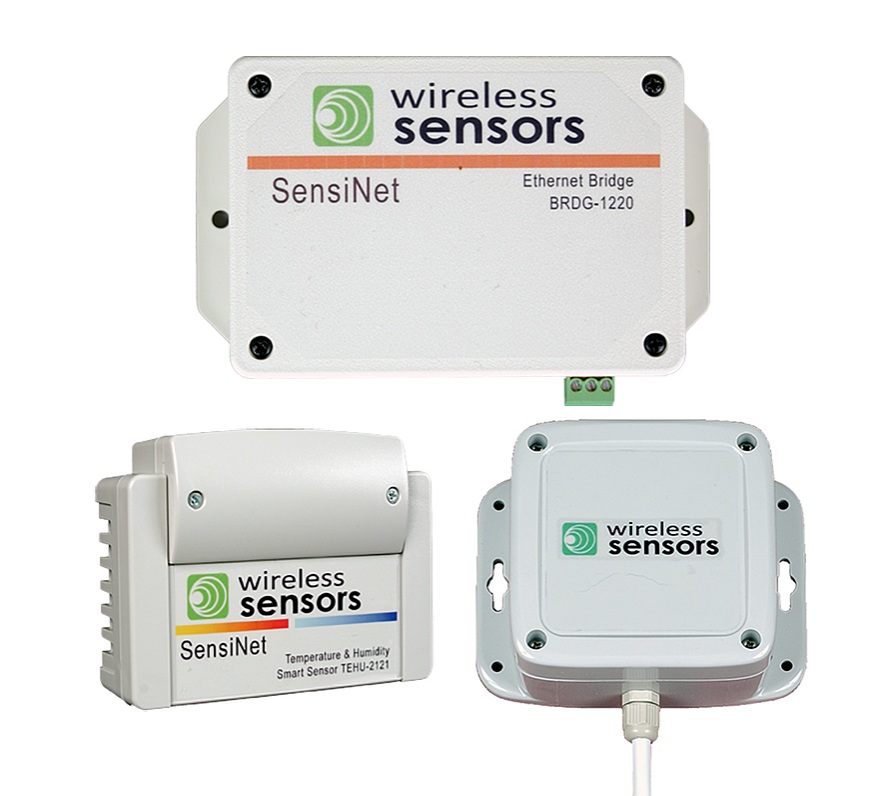
Figure 3. Wireless Sensors offers a range of Smart Sensors in attractive designs for a variety of purposes and environments.
For sensors that measure ambient conditions, Wireless Sensors constructs its units to allow increased airflow. The high-performance embedded MEMS sensors react quickly to change. A wall-mounting bracket makes installation easy, and a C battery provides dramatically extended operational life.
To integrate legacy analog third-party sensors, Wireless Sensors feeds their signals into the system through 4-20 mA and 0-10VDC inputs on the Smart Sensors. The Smart Sensors then communicate through bridges with a wireless IoT gateway.
From Radio Frequency to IP
In the SensiNet mesh network, sensors exchange RF data packets. To enable IoT communications, the bridges in the network convert these RF packets into TCP/IP packets. A single bridge can support the integration of hundreds of sensor nodes, minimizing costs. Remote bridges can support hardwired sensors if an application requires only a few measurement points. By distributing bridges across an Ethernet network, the network can easily handle thousands of sensors, leveraging Ethernet’s scalability and modalities (wired, Wi-Fi, cellular).
Two Wireless Gateway Choices
To collect the data from the bridges and connect it to the cloud, Wireless Sensors offers two wireless gateways: the GWAY-2100 and GWAY-2105. Both are application-ready and based on Intel NUCs powered by the Intel® Atom™ processor E3815.
The gateways include network management, user interface, data logging, trending, alarming, and communications capabilities. To access and configure the system, only a standard browser and network connection are required. No additional software is necessary.
Both gateways offer the same wide range of protocol and network support. Wireless Sensors recommends the GWAY-2100 for smaller applications, and as a standalone data logger with real-time views, trending, and e-mail alerts. Up to 8 million records can be stored onboard, and the system will automatically send sensor data across commonly used protocols.
The GWAY-2105 can connect larger existing network architectures by supporting up to five remotely mounted SensiNet bridges (Figure 4). It enables a single integration point for sensors around a building, across a campus, or throughout the world. The GWAY-2105 offers the same protocol and network support as the GWAY-2100.
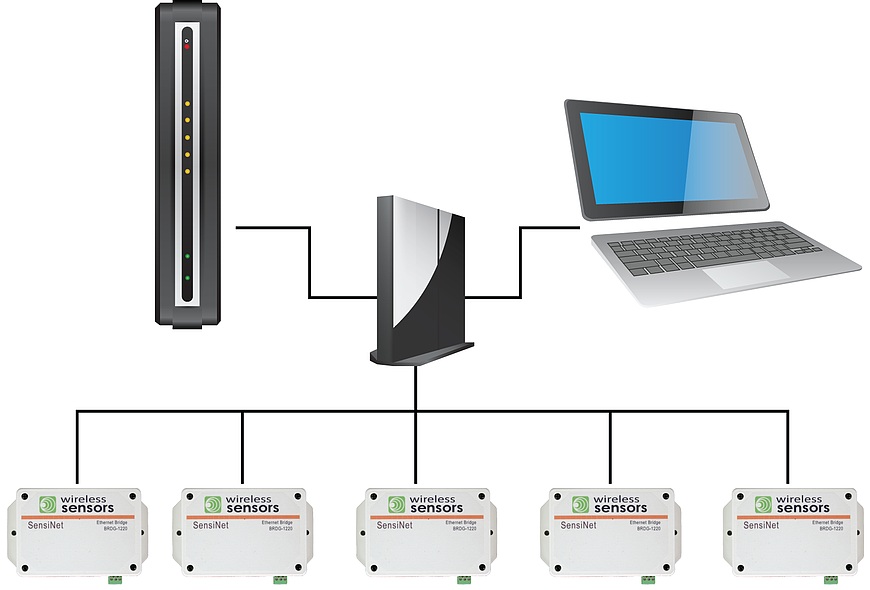
Figure 4. The GWAY-2105 supports larger existing network architectures by connecting up to five remotely mounted SensiNet bridges.
Middleware on the gateway abstracts the individual sensor from the complexity of IP, allowing easy integration of sensors with the IoT through modern communications protocols. The gateway also provides a platform for data buffering, edge analytics, and localized alarming to reduce cloud processing and storage costs.
The gateways’ onboard web servers enable edge-to-cloud communication. Broad protocol support that includes Modbus, SNMP, ODBC, OPC, HTTP POST, SOAP, and FTP makes integration simple (Figure 5). When everything is connected, users can remotely view alerts and monitor trends. Alternatively, the system can direct collected sensor data through the gateway into control and enterprise networks.
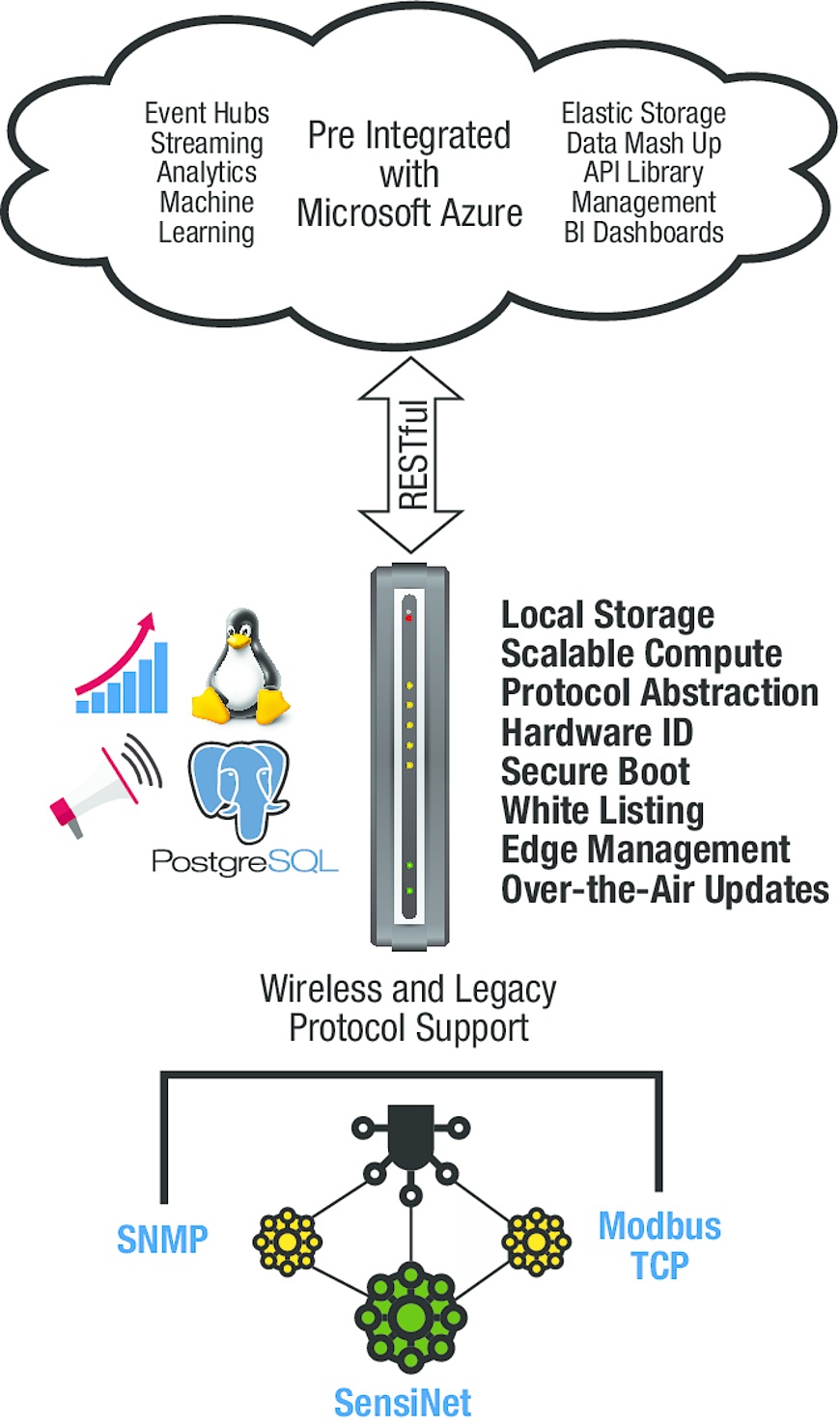
Figure 5. The gateways’ onboard web server provides broad protocol support to make integration simple.
Based on the Intel® NUC
The Intel® NUC Kit used to create these gateways is a compact powerhouse for value-conscious businesses and organizations. This low-cost solution provides:
- Fanless design for silence and reliability
- Intel® Atom™ processor E3815 with 5 W thermal design power (TDP)
- 4 GB onboard embedded MultiMediaCard (eMMC) storage
- Internal flat panel display connectivity for built-in screens
- Video graphics array (VGA) port for monitor compatibility in legacy installations
- Inter-integrated circuit (IC) and pulse-width modulation (PWM) signals for interfacing with sensors and other IoT-enabled embedded devices
With its industrial design and support for Linux* and Windows* embedded operating systems, Intel NUCs equipped with Intel® Atom™ processors deliver performance, low-power consumption, affordability, and software compatibility for gateway applications. High-availability resilience is possible via the built-in watchdog timer, providing protection against costly downtimes. In addition, the Intel NUC includes a discrete trusted platform module (TPM) for hardware-based data encryption to protect confidential information.
Intel NUCs with more powerful Intel® processors enable solutions for more complex data analytics or data conditioning. These processors include higher performance Intel Atom processors, as well as the latest Intel® Celeron®, Intel® Pentium®, and Intel® Core™ processors. The latter includes SKUs that offer the security and manageability features of Intel® vPro™ technology.
A Gateway to Analytics
The Intel NUC IoT gateways configured by Wireless Sensors come pre-integrated with connectivity to the Microsoft Azure platform for a seamless data path to advanced analytics tools in the cloud. Azure IoT Services, a set of cloud services from Microsoft, enables widespread asset monitoring and data analytics for efficiency and operational performance improvements. These services also enable new business models and improved revenue streams. Azure IoT Services include Azure Event Hubs, Azure Machine Learning, Azure HDInsight, and Microsoft Power BI.
Make the Last Mile Easy
For applications in smart buildings, data centers, and specialized industrial usages where IP solutions are in minimal use, hybrid wireless mesh networks offer a highly reliable, resilient IoT solution for monitoring critical data locally and in the cloud. Easy to set up, configure, and scale, their use of Intel NUCs as IoT gateways offers a scalable, low-cost solution for local analytics and connection to the advanced analytics tools in Microsoft Azure.